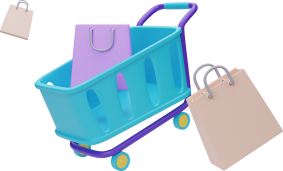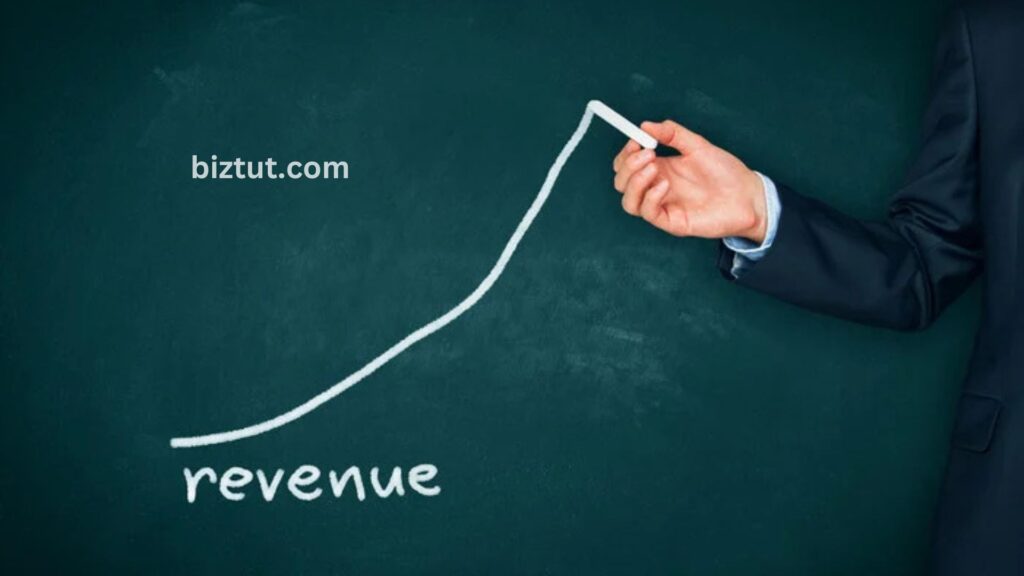It usually costs businesses five to 20 times more to get a new customer than to keep an existing one. Yet, many companies focus more on attracting new shoppers and overlook the importance of keeping their current customers happy. While it’s great to cast a wide net to find new clients, relying only on one-time customers won’t help a business thrive. That’s why this article shares 14 essential customer retention strategies that will be effective in 2024.
What Is Customer Retention?

Customer retention means having customers who choose to buy your products or services multiple times over a period. A loyal customer who makes several purchases in a year is far more valuable than many one-time shoppers. When you focus on keeping your current customers happy and loyal, you can count on their business much more than you can from new ones.
Why Customer Retention Matters
Take a look around your desk or room—you’ll probably see a product from a well-known brand that’s a leader in its industry. It’s unlikely that they achieved that success by only relying on one-time buyers. In fact, returning customers spend about 67% more over time than new ones.
Keeping customers means you’re meeting or even exceeding their expectations, which is crucial for growing your profits. It also helps boost your brand recognition and establishes your authority in your industry. These factors are essential for developing strategies that keep your business thriving.
Understanding Your Customer Retention Rate (CRR)
To create effective strategies, it’s important to know your customer retention rate (CRR). Your CRR shows the percentage of existing customers your business keeps over a certain time.
You can calculate your CRR using this formula: CRR = [(E-N)/S] x 100. In this formula, “S” is your starting number of customers, “E” is the number of customers you have at the end of the period, and “N” is the number of new customers gained during that time.
For example, if a company starts the year with 80 customers, gains 20 new ones, and ends with 60 customers, the calculation would be [(60 – 20)/80] x 100. In this case, the CRR would be 50%. Smaller businesses usually aim for a CRR of at least 20%, while larger companies, like those in insurance or media, expect their CRR to stay above 79%.
Once you understand your customer retention rate, it becomes easier to develop long-term strategies to improve it.
14 Effective Customer Retention Strategies

In this section, we’ll explore some effective ways to help businesses improve their customer retention goals.
1. Build Customer Loyalty Through Shared Values
Does your company care about the environment? Do you donate to a charity? Or maybe you’re linked to trends that appeal to younger audiences? It’s essential for your business to have clear values that you can share with your customers. When they understand and connect with your values, it creates a stronger bond between them and your brand.
2. Frequently Ask for Feedback
Don’t shy away from asking your customers how you’re doing, even if the answers might sting a bit. While positive feedback feels nice, negative comments can be even more valuable. If customers aren’t happy, they won’t come back. By asking dissatisfied customers why they’re leaving, you can improve your services and keep others from feeling the same way.
One mistake to avoid is sending out a single survey and then never following up. Times change, and so do customers’ needs and wants. Make it a habit to ask for feedback regularly and compare new responses to previous ones.
3. Get Customers Excited About Changes
If you notice fewer repeat customers because they’re bored with your brand, try mixing things up! A simple makeover of your store or website can feel fresh to customers, even if your brand itself hasn’t changed much. Just be careful not to change too much too quickly, or you might lose loyal customers.
A classic example is Coca-Cola’s “New Coke,” which failed because customers loved the original recipe. Although the new product didn’t work out, it generated buzz, showing that sometimes it’s best to stick with what works. On the other hand, McDonald’s keeps customers coming back by bringing back the McRib for a limited time, creating excitement and a sense of urgency.
4. Treat Customers Like People
It’s well-known that customers often dislike AI chatbots because they can’t provide the human touch. These bots respond to keywords but lack the empathy that real people crave. Remember, your customers are individuals, not just data points. Personal and empathetic interactions give you the best insights into their feelings, making them more likely to return.
5. Make Your Communication Clear
You might think having the best product guarantees success, but that’s not always the case. A competitor might outsell you simply because their messaging is clearer. The easier it is for customers to understand what you offer, the more likely they are to shop with you again. Avoid complicated explanations that could confuse shoppers—simplicity wins!
6. Offer Quick Delivery Options
While some customers are fine waiting for their purchases, others want items fast. If you can provide quicker delivery options, you might encourage more customers to return, knowing they can get what they need sooner than they could from your competitors.
7. Make Returns and Refunds Simple
Everyone makes mistakes, but making returns and refunds difficult can drive customers away for good. A smooth returns process is part of good customer service. If customers feel they can count on you to treat them fairly even after the sale, they’re more likely to trust you for future purchases.
8. Encourage Word-of-Mouth Recommendations
While word-of-mouth advertising is often seen as a way to attract new customers, it’s also great for keeping existing ones. Positive discussions about your brand build consumer confidence. When satisfied customers share their experiences with friends or on social media, it creates a ripple effect, encouraging others to stick around.
Encourage this by sharing customer testimonials online. The more you showcase your loyal customers, the more likely they are to talk about your business.

9. Make Customers Proud to Be Associated with You
People are more likely to stay loyal to brands they’re proud of. By aligning your company with meaningful causes—like fighting childhood cancer or protecting the environment—you give customers a reason to feel good about shopping with you. Knowing their purchase helps a good cause can keep them coming back.
10. Provide Direct and Empathetic Customer Service
Poor customer service can damage your reputation, especially if it’s hard for customers to reach a real person. Excellent customer service is vital for retention. Make sure your support is easy to navigate and genuinely empathetic, helping you build a positive and lasting relationship with your customers.
11. Build a Customer Profile
Instead of focusing solely on attracting new customers, look at your existing ones. Analyze what they have in common—age, income, interests—and use that information to target marketing efforts toward people who are more likely to become repeat buyers.

Also Read: Using Social Media to Boost Your Business
12. Offer “Buy Now, Pay Later” Options
The “buy now, pay later” (BNPL) trend has gained popularity, with a survey showing that 76% of consumers prefer shopping where payment plans are offered. This method makes shopping more budget-friendly and can encourage customers to choose businesses that provide these options.
13. Use Gamification to Keep Customers Engaged
Gamification is a fun way to keep customers coming back. By turning their spending into points for future discounts, you give them a reason to shop with you again. This approach turns shopping into an adventure, making it feel more rewarding and engaging.
14. Make Yourself Irreplaceable
Being unique in a positive way can be a powerful retention strategy. If customers know that their experience with your brand is special and can’t be easily found elsewhere, they’re more likely to stick around. Making your brand memorable is key to keeping customers loyal.












